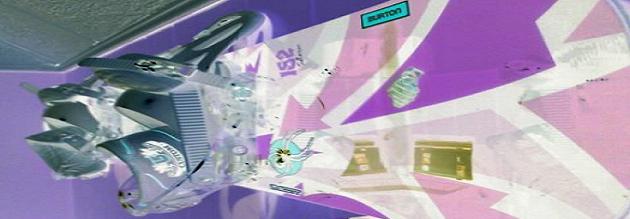I can't even tell you how many times I not only hear this complaint, but get asked how to solve it. So here are all your answers to staying warm and more importantly controlling your temperature on the slopes. It's actually pretty simple and more a matter of how and what you are doing as opposed to what clothes you are using.
First we need to understand what keeps us warm and how to hold on to it for dear life. Your clothes are not exactly what keep you warm in the cold although most people think so. It is the air around your body that keeps you toasty. In a nutshell whatever the temperature of the air around you is, that is what you are going to feel. That is why, no matter the material of your clothes if they are tight you will pretty much still feel cold.
Your goal is to create pockets of air around your body to insulate you from the cold air outside. It may start to sound complicated but it actually isn't. Basically as you already know you want to layer, but this time around let's act like we care. Next, I'll give you a basic plan of attack, but realize you can add as many of each layer as you like/need. Layering is the only way to go because it gives you flexible options while on the mountain to adjust your temperature without killing your day changing clothes.
Wear a fitted base layer close to the body that wicks away sweat. This may seem like a small move but it helps a lot. Then go with a long sleeve T, or as many as you would like. For your legs wear Thermals. This creates the first pocket of insulating air that our body loves.
Afterward a sweater/sweatshirt is a great choice (I tend to use hoodies, because they zip up and give me more air flow options). With this layer you can adjust the thickness. For example you can have a thickly lined hoodie or a simple sweatshirt. I personally wear nothing else on my legs but thermals, but if that isn't enough for you wear sweats or flannel PJs. Remember it's all about creating air pockets & now there are two pockets of air shielding the cold from getting in.
Your last layer is your jacket and pants and the thickness of each depends on the time of year and your tolerance to cold. Since your jacket and pants are the outermost layer and the gear that takes the most abuse it is wise to put some money into it and make sure it has some key features. You want to look for:
Wind proofing
Waterproof rating of at least 10,000mm
Breathe-ability rating of at least 8,000g
Also make sure that the seams are taped as this is key to keeping out water. I have another article on making anything waterproof here. So now you have three pockets of air helping keep you warm and watch the difference!
Don't underestimate the breathability of all layers because that can affect how warm you stay drastically. Being sweaty in the cold and wind is no way to stay away from pneumonia. Sweat is the enemy even more because it soaks into your layering and causes it to compress. That takes away those airpockets you worked so damn hard for. Sweat evaporating is supposed to cool you down, so it will whether you are on a glacier or the beach; it doesn't care.
We can get more involved and if you want more information just contact me. This is all you need to know though to get the job done unless we are talking 50 degrees below. Follow these guidelines, and add or take away layers or components of the layers as you need and you will never be hot/cold on the slopes again.



This is an awesome story. The same thing happened to me when I was just getting started snowboarding. I now know that the gear is key if you're gonna be out there all day snowboarding
ReplyDelete